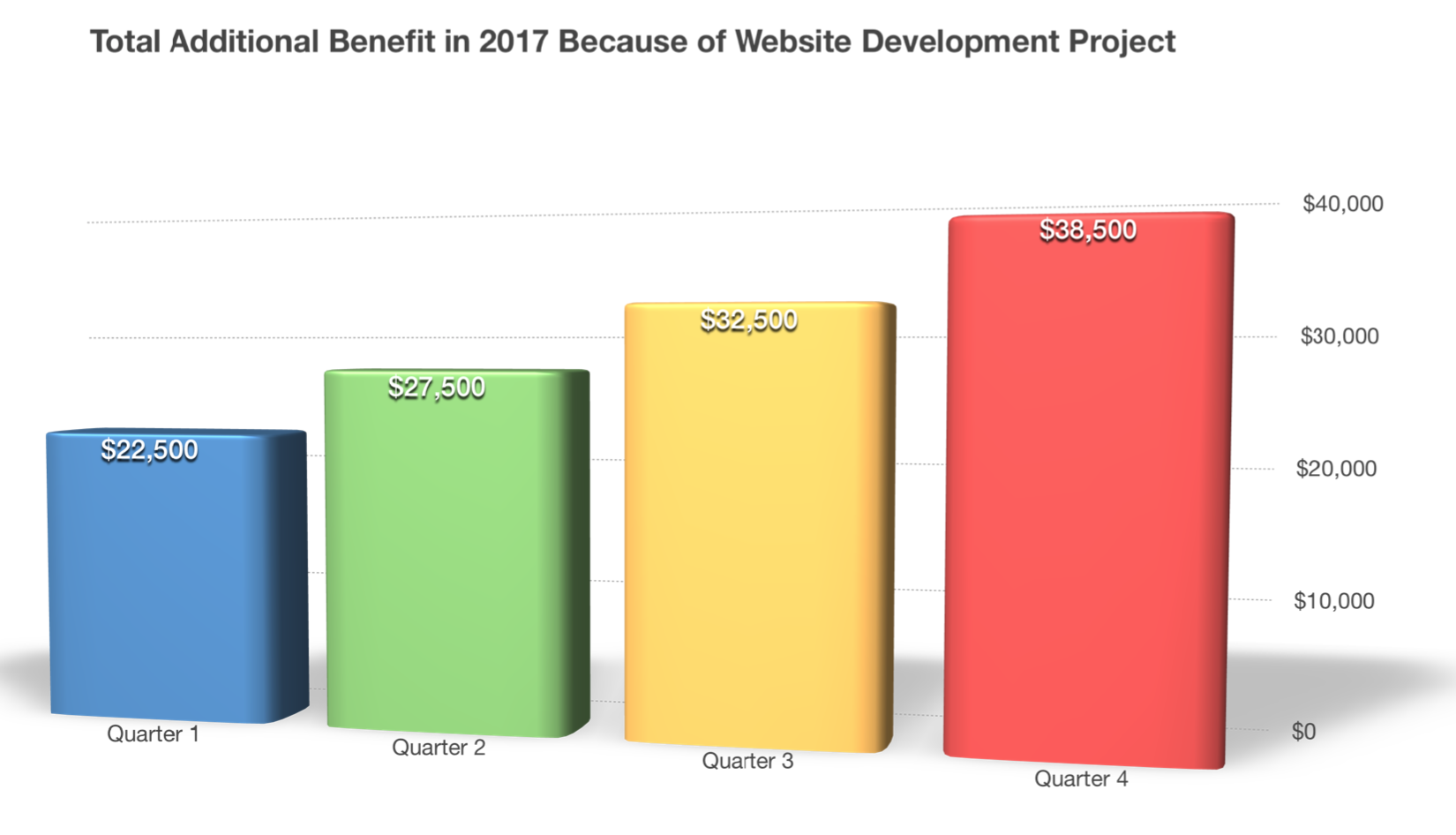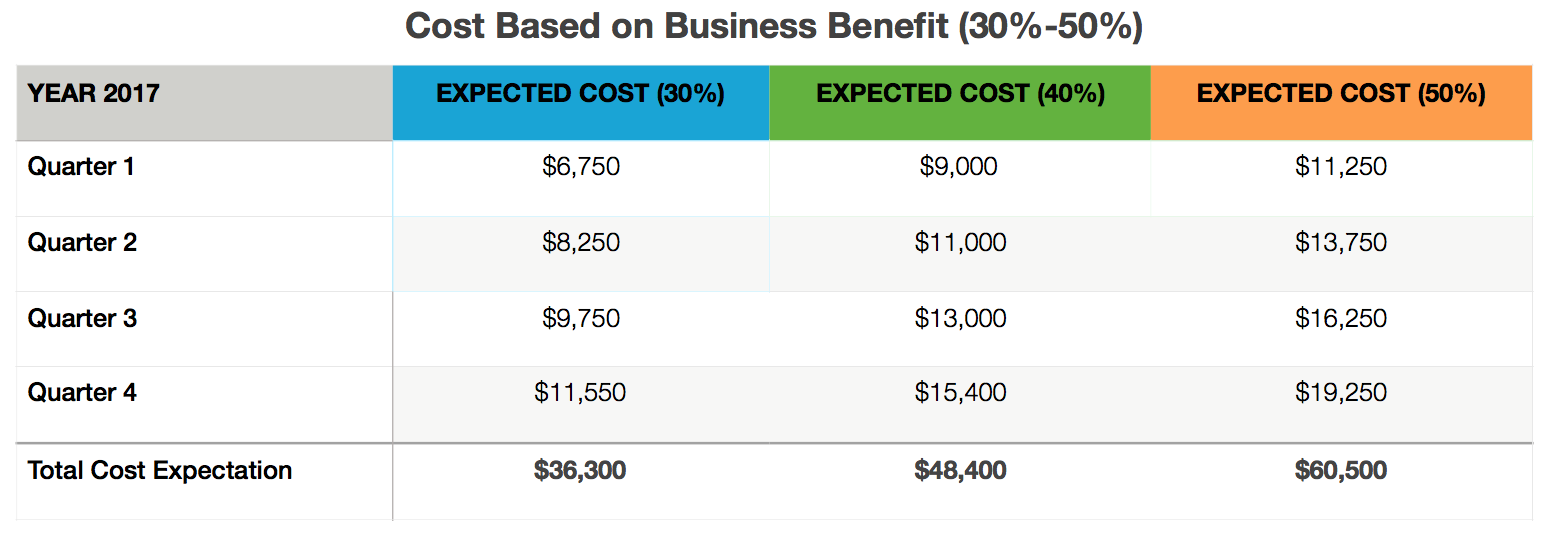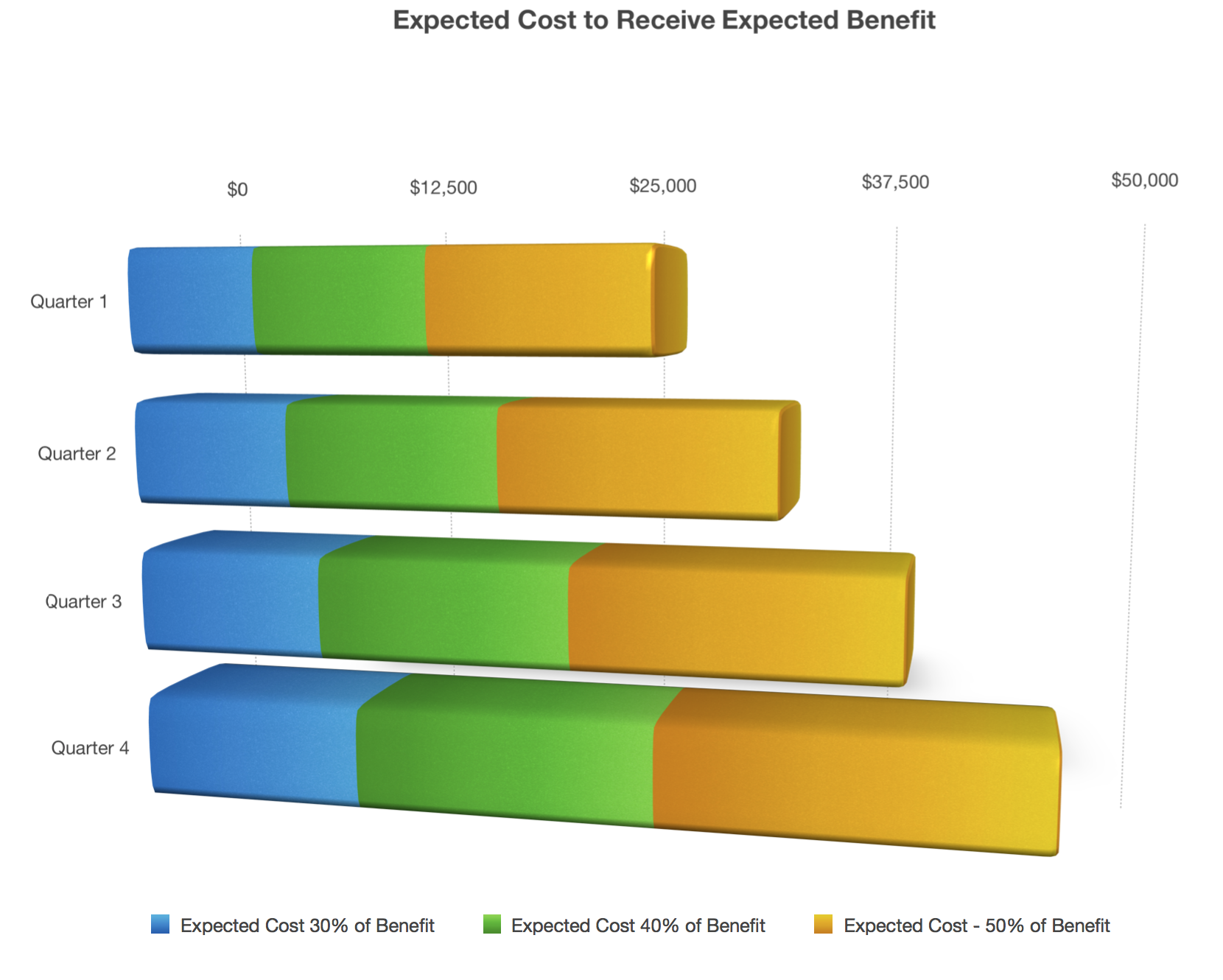Introduction
Every startup company needs a website, but how do you go about getting one built. The following article will summarize how to think about building your website as it relates to your startup business.
A startup company’s website is an essential part of conducting business in today’s digital economy. Even if your company is not a high-tech company, your website should be core to how your business will function. Therefore, approach your startup’s website as a major contributing factor towards providing a number of benefits such as reducing operating cost, increasing revenues, building relationships with customers, building relationships with other businesses, and increasing workflow efficiencies.
Website Proposal & Analysis Request
Document Outline
Establish a Website Strategy
A business strategy and website strategy should now be considered synonymous. For example, if the business has a goal to increase revenues by 14% this year (i.e. $55,500), the goal established for the website should be the same or similar. A website strategy with goals should focus on 1-3 major objectives at a time. The following example demonstrates how a startup should establish website goals that correlate with business objectives. Goals should be broken down into measurable and trackable quantitative goals – quarterly, monthly, and weekly.
Example: 2016-2017 Business & Website Goal(s)
Objective #1: Increase Revenues by 65% through improved shopping cart experience. $200,000 (2016) to $321,000 (2017).
Objective #2: Reduce staff training cost by $10,000 and improve training capabilities through online video library.


Note: Your website budget should be based on the expected total benefit it will provide your startup company. So, if you expect an increase value of $121,000, than the budget necessary to achieve this increase in value should be approx. 30%-50% of the expected benefit.
Important Questions: After establishing goals, the following questions should be answered:
- How does the startup reach these goals by implementing a website?
- What website features and functionality is needed to accomplish these goals?
- What website marketing strategy and campaigns are needed to reach these goals?
How to Approach Building a Website
Now that you have established some business goals and wrestled with some important questions about how those goals apply to your website, the following three critical questions should be answered to determine what key features and functionality is needed immediately and in the future.
- What features and functionality do you need NOW? (Version 1.0)
- What features and functionality do you need LATER? (Version 1.2-1.9)
- What features and functionality would be “nice to have”? (Version 2.0)
Option 1: Building Everything at Once
The most commonly used approach to building a website is to squeeze everything into one big project, and not touch the website until it becomes critical again to make updates and changes. Using this approach is why so many websites tend to fail. In many cases the website project often takes much longer to accomplish because jamming the most amount of features and functionality possible always results in scope creep – not able to complete a project on time, within budget, and with quality. This approach is reactive verses proactive. We do not recommend this approach. Rather, seek to build and launch quickly to get results and feedback quicker.
Normally, a great deal of attention is initially given to a website. All the bells and whistles are crammed into the initial build. We will call this version 1.0 (v1.0). However, once version 1.0 is developed, everyone is exhausted and no plans exist for version 1.1 (v1.1), version 1.2 (v1.2), version 1.3 (v1.3), version 2.0 (v2.0), etc. This is one of the biggest mistakes made by startup companies when determining how to approach building a website.
Option 2: Build in Stages
This approach is methodical and allows to prioritize what is critical to build immediately so the startup can see results quicker. Narrow the scope of a website so it can be built in stages with a more solid foundation and with better quality. This approach is proactive verses reactive. We recommend this approach.
Example:
In v1.0, the following important features will be included: A) __________________ B) _____________________ C) ___________________. The goal for having these features is to achieve ____________________ business goal. In v1.1, we will add the following features A) ____________________ B) _____________________________ C) ____________________. The reason and goal for adding these features is to achieve ____________________ business goal.
Most websites fail to provide significant value to a startup for two main reasons:
- A great deal of attention is given to initially building a website. But once launched, little to no attention is given to the website.
- A lack of marketing effort and budget is provided after a website has been launched.
Static Verses Dynamic Websites
A major difference exists between a static website and a dynamic website. It is important to know the difference, and how this issue impacts your website strategy and budget.
Static Website
A static website is basically informational only. It allows a visitor to learn what your startup company, and allows visitors to get in contact with your company. However, a static website offers little opportunity for interaction and transactions to occur.
Static websites are often used as a temporary site until a larger website development project is completed. We call these a prelaunch site or temporary landing pages.
A prelaunch website is designed to create awareness quickly and capture visitors information so that they may be contacted when the full website is launched. Today, consumers expect companies to have dynamic websites so that they can easily complete transactions and actually conduct business immediately.
Dynamic Website
A dynamic website is typically designed and developed to automate processes and procedures by leveraging technology. A dynamic website is informational like a static website, but functionality is added so that customers can buy goods and services, inputs of information can be outputted as results used immediately, employee training and testing can be done virtually at anytime. Dynamic websites are more powerful and cost more to create and maintain. Thus, a dynamic website should generate more business value as well.
How to Budget for a Startup’s Website
A budget for a web site should be one of the largest line items in your initial and annual budget. Why? Because it has the ability to have the greatest impact on your business. It can automate manual processes and procedures, process orders 24/7, communicate a company message globally, and solve customer problems.
Always budget for a website using a clearly defined strategy with quantitative goals. The strategy and goals should drive what gets designed and developed, and the budget necessary to achieve such goals.


Who Should Develop Your Website?
First, remember time has value. So, the first decision to make when deciding who should develop your website is determining what is the best use of your time to grow your startup company.
Option 1: Build It Yourself
Building a website yourself can be a significant “hard” cost savings for you and your startup company. But, this may not be the best use of your time. Remember you are running a business which requires management of many areas such as finances, marketing, sales, strategic planning, product development, etc. The learning curve for designing and developing a website is much steeper than you might think. In addition, it requires continuous training and learning the latest technology in order to maintain your own website and keeping it from easily becoming obsolete.
Designing and developing websites properly is time-consuming even for professionals. Yes, tools and templates exist to help shorten the design and development time. However, where time is not getting spent on developing everything from scratch, it takes a great deal of time to put all the pieces and parts of the puzzle together.
If you are set on developing your own website the following resources will be helpful to you. Depending on your geographic location,
Meetup and
General Assembly (GA) offer a variety of groups and educational sessions to learn how to design and develop a website.
Option 2: Get Professionals Involved
Professionals are faster, more efficient, and have a finger on the pulse of what is going on in the digital world. They can identify and implement technology that can have a major impact on your startup company. A leader of a startup ought to know what he or she is good at, and recruit others that are just as good in their respective field of expertise.
|
Building It Yourself
|
Professional Static
|
Professional Dynamic
|
Fully Custom Dynamic
|
|
If you have technical and creative skills, this is an option to keep cost down for your startup. However, this still may not be the best use of your time depending on the type of startup and industry the company is entering into.
|
Only a few cases exist for why you would build a static website in today’s digital economy. I.e. coffee shop, local restaurants, some professional services. |
Most startup websites fall into this category.
|
Web-based and/or mobile software startups.
|
|
Website Design & Development Budget
|
|
Initial Cost:
$500 – $1500
$100 a month
|
Initial Cost:
$1,500 – $7,500
Monthly Cost:
$75-$200 a month
|
Initial Cost:
$5,500 – $100,000
Monthly Cost:
$300-$1,000 a month
|
Initial Cost:
$1,000+ a month
|
|
Advertising Budget
|
|
$300-$500 a month
|
$500-$1,500 a month
|
$5,000-$25,000 a month
|
$25,000+ a month
|
|
Pros & Cons
|
|
Pro: Least out-of-pocket Cost Option (but time is money)
|
Pro: Can have a major impact on results in building interest and awareness about the startup.
|
Pro: Leverages existing technology most effectively.
Pro: Cost effective way of leveraging technology.
|
Pro: Able to create a unique user experience.
Pro: Has the greatest opportunity to disrupt an industry.
|
|
Con: Potential Major learning curve
Con: Takes lots of critical time away from other business activities
Con: Needs constant attention
|
Con: So many options to choose from.
|
Con: Typically outside a startup’s grassroots budget without investors.
|
Con: Typically requires immediate investors involvement.
|
How do you know if you are working with a professional? First, professionals are not going to offer the cheapest solution. The lead person on your web design and development project should have a solid grasp of both the front-end (design) and back-end (technical) parts of the project. More importantly, they should be able to demonstrate how the solution they provide will impact your startup company. Too many website design and development companies will design and develop what you ask for, but few actually take the time to make sure a solid business case is made for the core features and functionality you request. Professional designers and developers want to solve problems, not just build things that have no value.
Marketing & Advertising a Startup’s Website
Marketing, promoting, and advertising a business and website is a critical component to achieve desired results. If you don’t plan to spend the time and money marketing, promoting, and advertising your website, it would be best to save your money. Personal selling efforts is still effective, but the level of sophistication that is found in digital selling is powerful and should not be ignored. Using analytics, startup companies can now make business decisions with data. Leveraging technology to understand your customers, employees, vendors, and competitors.
We suggest a strategic plan for startups that incorporates both traditional selling and paid efforts. For example, if paid efforts cost $10 on average to acquire a new customer, and the average order generates $50 in net income, Wouldn’t you want to do as much paid advertising as possible? In addition, if it took 10 hours to acquire that same customer to generate $50, Was it worth the 10 hours. Time management is a major issue when it comes to deciding where to focus attention – traditional selling or managing effective campaigns. For most startups managing both opportunities tends to yield the most optimal results as these efforts work together to give the consumer confidence in your startup.
Tracking & Analytical Tools
Tracking and analytics makes all the difference to determine how to move forward and pivot when necessary. Many tools exist to help a startup track and analysis the performance of its website, social media campaigns, and general business activity.
Google Analytics is the most popular and best way to track the overall performance of your startup’s website.
Conclusion
Designing and developing a website is more than just hiring artists and computer engineers. A website is a key component to owning and operating a business in today’s digital economy. It requires investing time and money, managing progress of goals, making adjustments to optimize campaigns, building a community of brand followers, and showcasing why your startup is different from others.
Website Proposal & Analysis Request






No Comments